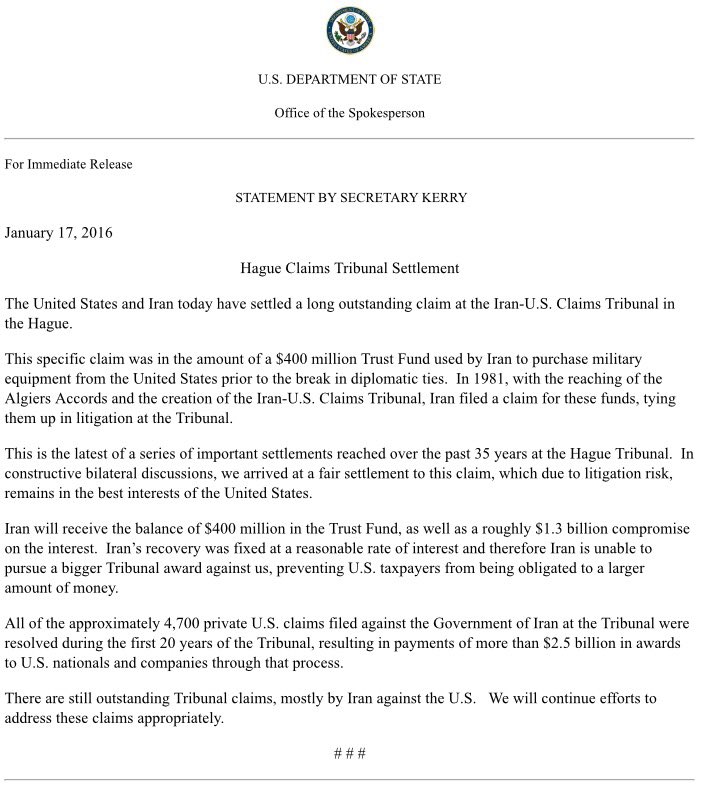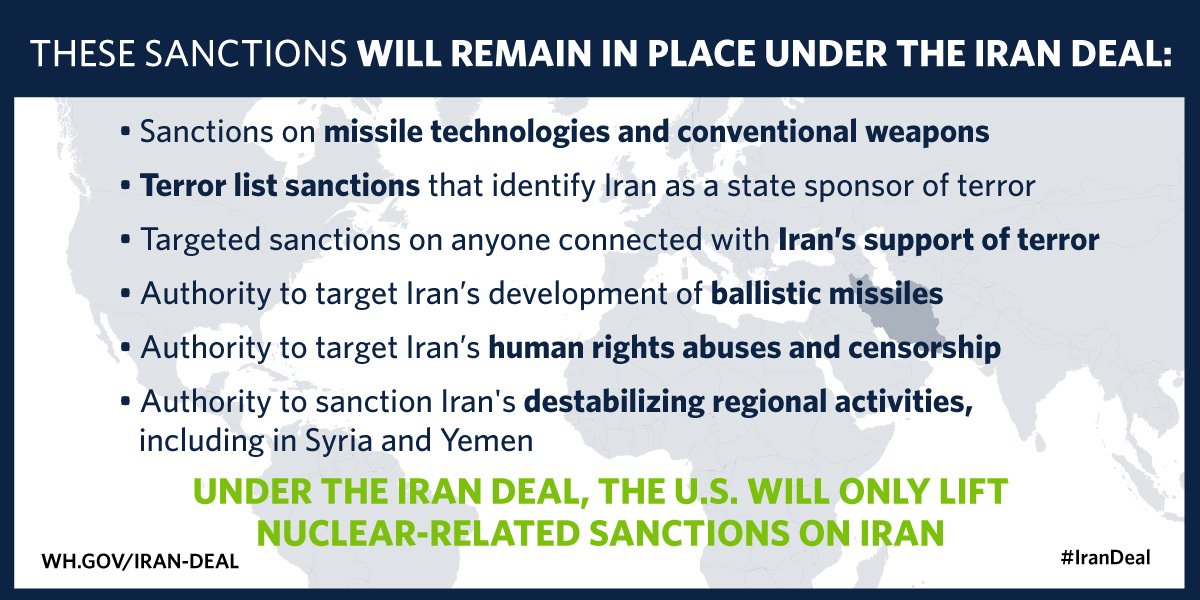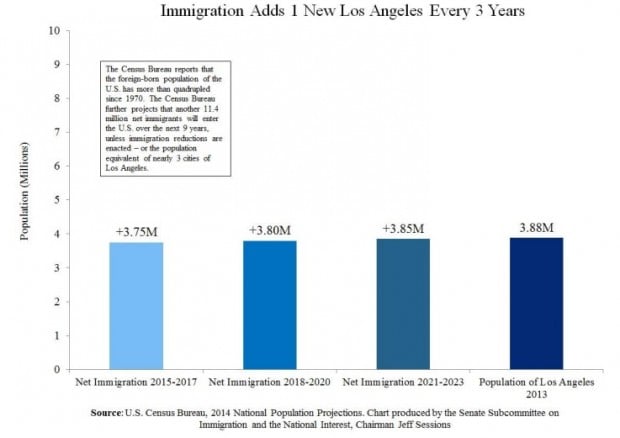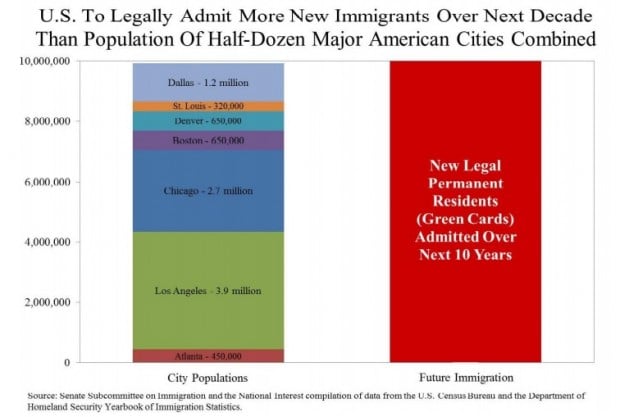Three Americans reported missing from a Baghdad neighborhood were kidnapped by militiamen from an apartment in the capital on Saturday, a senior police official and resident of the building said.
A statement from Baghdad Operations Command on Monday confirmed that “three people with American citizenship” were kidnapped in the capital.
A Baghdad police colonel, speaking on condition of anonymity because he is not authorized to speak to the media, said that the Americans are employed as contractors at the Baghdad International Airport. He did not say which company employed the individuals.
Another police official in Baghdad, a major general also speaking on condition of anonymity, gave the names of the abducted individuals as Amro Mohamed, Wael al-Mahdawi, and Rusul Farad, a woman. The U.S. Embassy in Baghdad did not respond to a request to verify the names. Two senior security officials said that the missing Americans are of Iraqi origin.
The three Americans appear to have been seized by Shiite militiamen in the Dora neighborhood in southern Baghdad, the police colonel said. The area from which they were taken is controlled by Shiite militias, including the Iran-backed Asai’b Ahl al-Haq, or League of the Righteous, he said.
The colonel said that the group had been invited to the home of their Iraqi interpreter.
Missing Americans in Iraq reportedly kidnapped from ‘brothel’ apartment
FNC: A group of Americans who disappeared in Baghdad over the weekend were kidnapped from their interpreter’s apartment, according to multiple Iraqi sources.
The apartment is well-known in southern Baghdad as a brothel and is subject to frequent raids by Shiite militias, including the Iran-backed Asa’ib ah al-Haqq, a police official and a building resident told The Washington Post.
“We are in very direct contact with the Iraqi authorities… there is a very full effort going to find them as soon as possible,” Secretary of State John Kerry told Fox News Monday.
An Iraqi intelligence official told the Associated Press that the Americans were invited into the apartment in the neighborhood of Dora. After they were abducted, they were taken to Sadr City, at which point the official said, “all communications and contact stopped.”
A spokesman for Baghdad’s Joint Operations Command told The Washington Post that the three citizens were Iraqis who had acquired U.S. citizenship. A Baghdad police official said they worked as contractors at Baghdad International Airport, but did not say which country employed them.
The U.S. Embassy in Baghdad confirmed Sunday that “several” Americans had vanished, while the State Department said it was working with the Iraqi government to locate them.
The Arab news channel Al-Arabiya first reported that three Americans had been kidnapped by militas. However, U.S. officials have not confirmed either the number of missing Americans or that they were kidnapped.
“The safety and security of American citizens overseas is our highest priority” State Department spokesman John Kirby told Fox News Sunday. We are working with the full cooperation of the Iraqi authorities to locate and recover the individuals. Due to privacy considerations, I have nothing further.”
There were no immediate claims of responsibility. Kidnappings in Iraq have been carried out by ISIS, Shiite militias and criminal gangs often demanding ransom payments or seeking to resolve workplace disputes.
Following the ISIS takeover of Iraq’s second largest city Mosul and large swaths of territory in the country’s north and west, Iraq has witnessed a deterioration in security as government forces were sent to front lines and Shiite militias were empowered to aid in the fight following the collapse of the Iraqi military.
Last month a Qatari hunting party was kidnapped in Iraq’s south by unidentified gunmen and their whereabouts are still unknown. In September 18 Turkish workers were kidnapped from their construction site in Baghdad’s Sadr city by masked men in military uniforms. Iraqi Prime Minister Haider al-Abadi blamed organized crime for the kidnapping. The workers were released later that month.
The most recent incident comes after a week that has seen a deterioration of security in and around the Iraqi capital after months of relative calm.
ISIS claimed a number of attacks in Baghdad and Diyala province last week that killed more than 50 people, including a high profile attack on a mall in the Iraqi capital.
***
Details on this Shiite militia:
Asaib Ahl al-Haq Asaib Ahl al-Haq (AAH) emerged between 2006 and 2008 as part of an effort by the IRGC Qods Force to create a popular organization similar to Lebanese Hizb Allah that would be easier to shape than Moqtada al-Sadr’s uncontrollable Jaysh al-Mahdi (JAM) movement. AAH was built around one of al-Sadr’s key rivals, a protégé of al-Sadr’s father called Qais al-Khazali who had consistently opposed al-Sadr’s cease-fire agreements with the U.S. and Iraqi militaries. After AAH undertook the kidnap and murder of five U.S. soldiers on January 20, 2007, al-Khazali was captured by coalition forces alongside his brother Laith Khazali and Lebanese Hizb Allah operative Ali Musa Daqduq in Basra on March 20, 2007. In time, al-Khazali was transferred to Iraqi custody and then released in exchange for kidnapped Briton Peter Moore on January 5, 2010. Although far less senior in the IRGC Qods Force hierarchy than al-Muhandis and 20 years his junior, Qais al-Khazali could become a significant political force in mainstream politics and is being courted by both al-Maliki and al-Sadr precisely because he has the capability to draw away a portion of Moqtada’s supporters if he so chooses.
During al-Khazali’s absence in prison, AAH played a delicate game, balancing the need to negotiate for the release of detainees against the desire of many AAH members to continue attacking U.S. forces. Like its predecessor, Jaysh al-Mahdi, AAH is becoming a catch-all for a wide range of militants who seek to engage in violence for a host of ideological, sectarian or purely commercial motives.[16] Notorious Special Group commanders such as Sadrist breakaway Abu Mustapha al-Sheibani (whose real name is Hamid Thajeel al-Sheibani) and infamous Shi`a warlord Abu Deraa (whose real name is Ismail al-Lami) are reported to be returning from Iran to join AAH.





